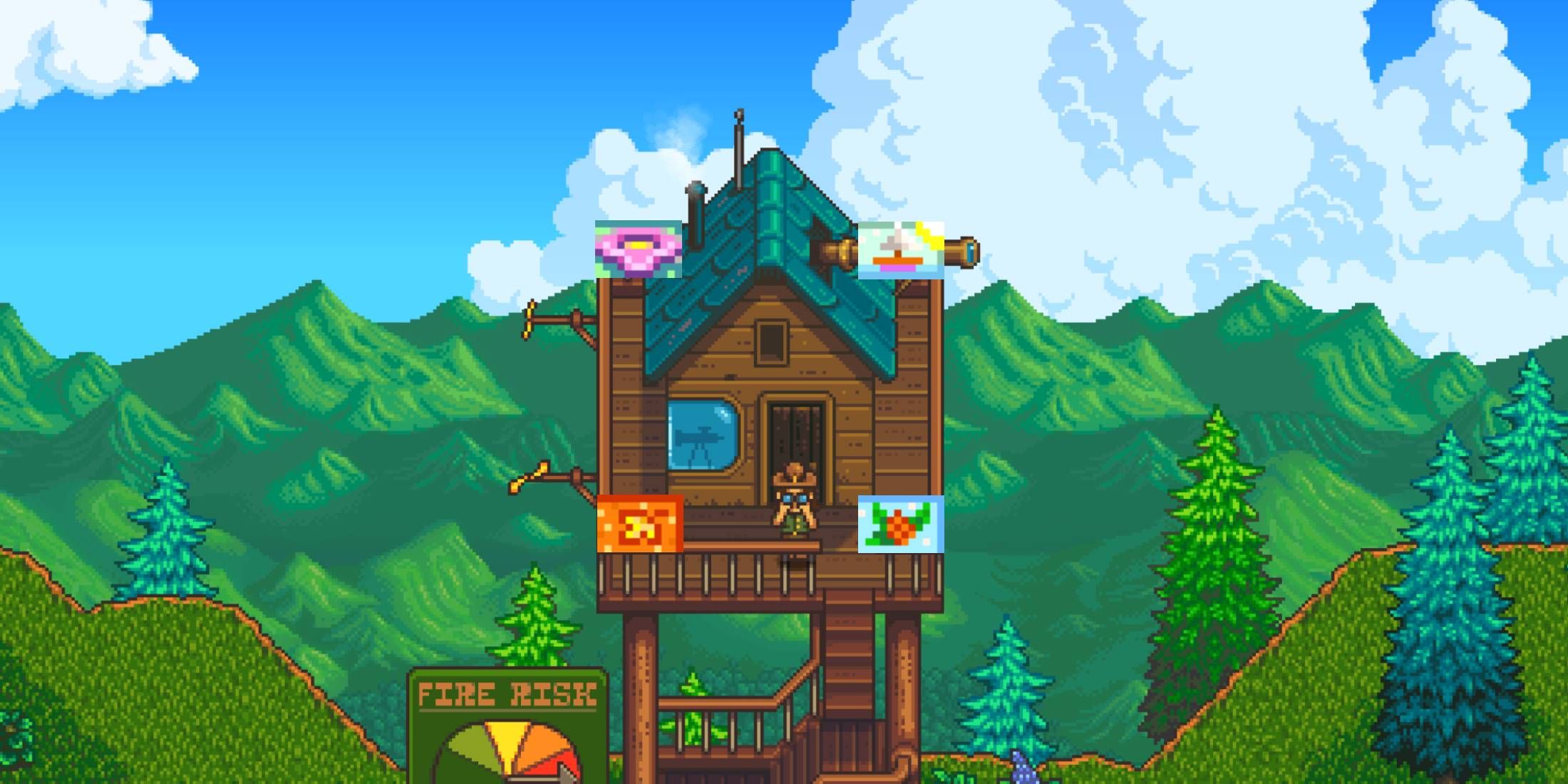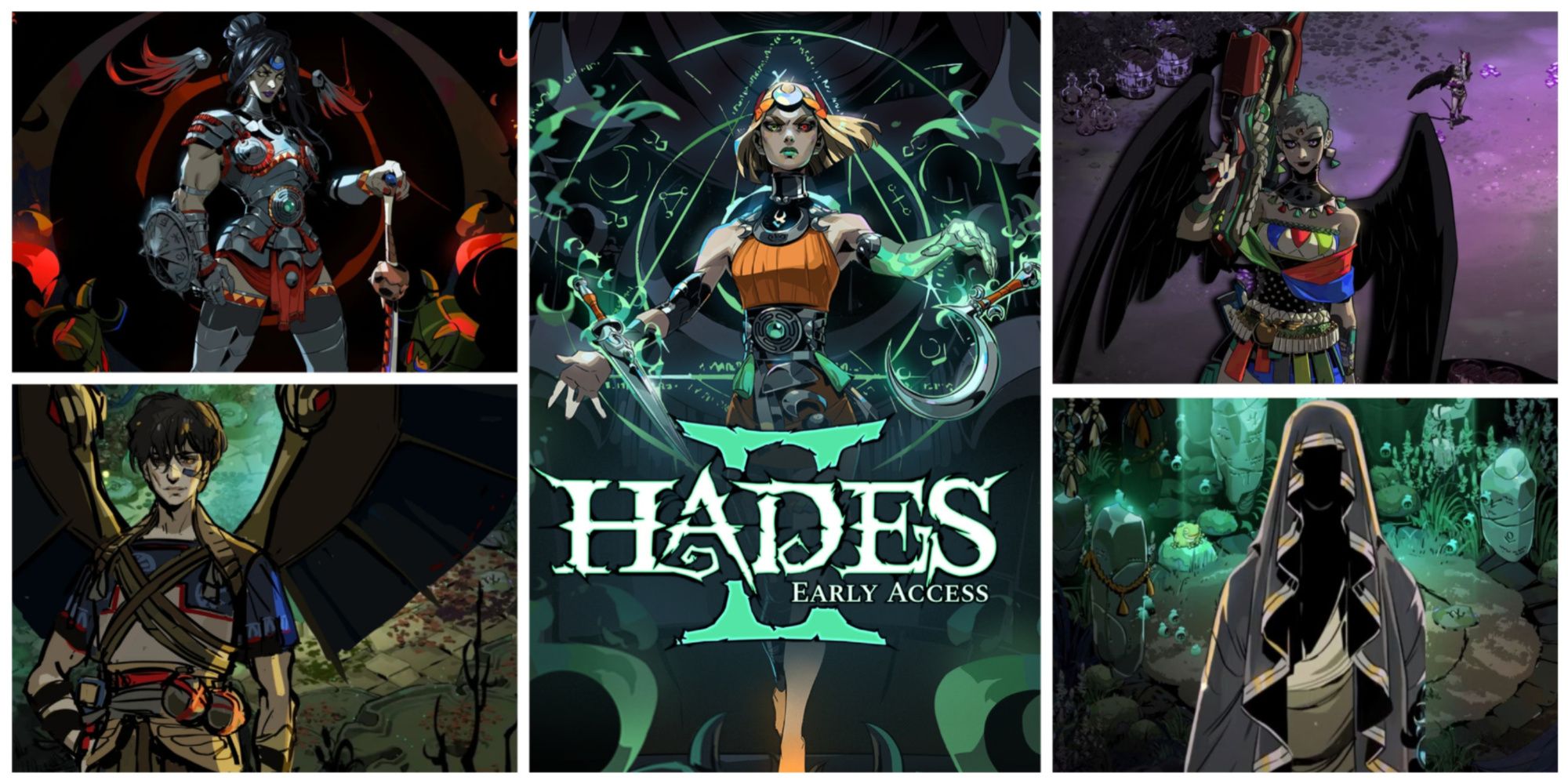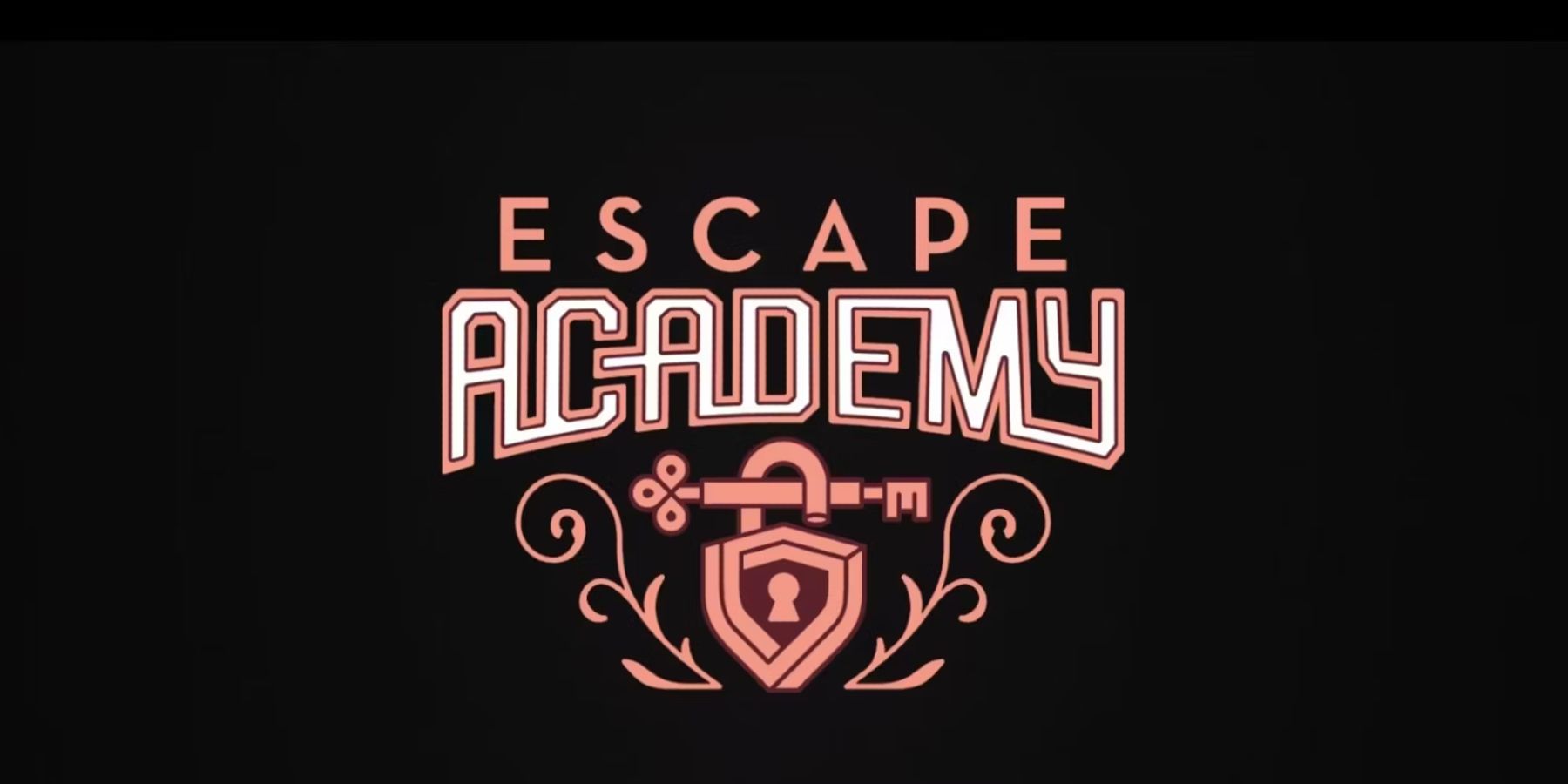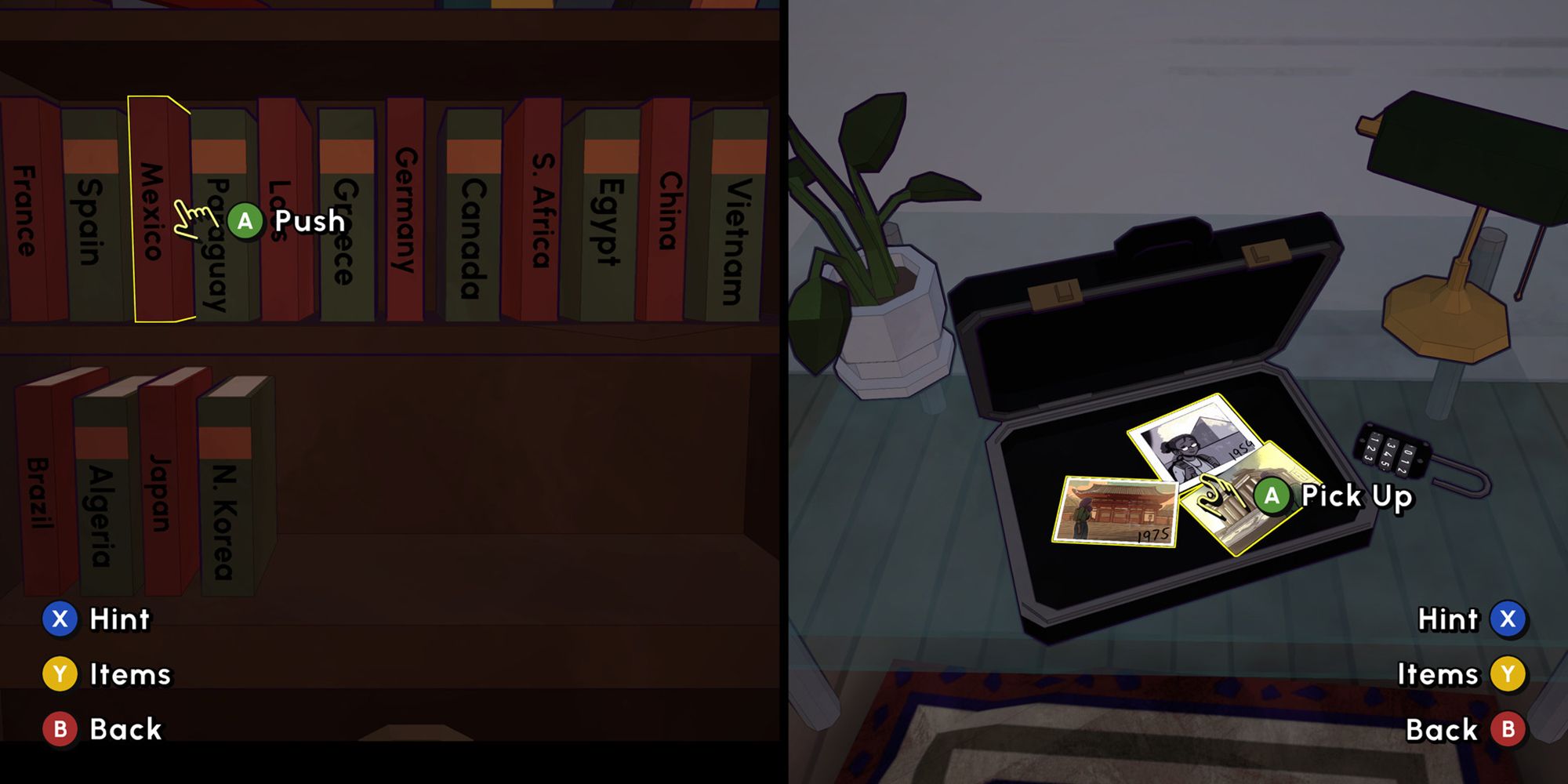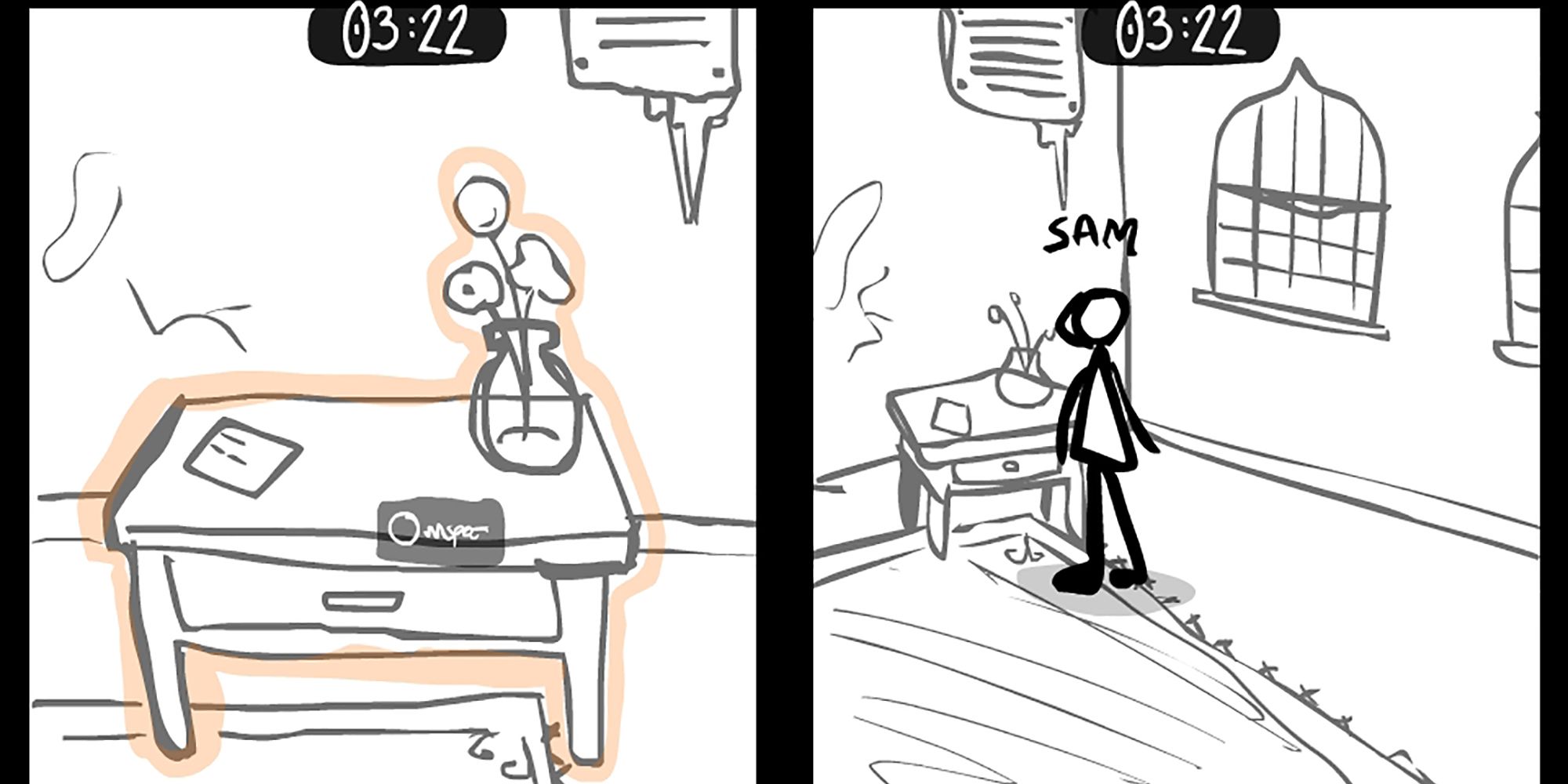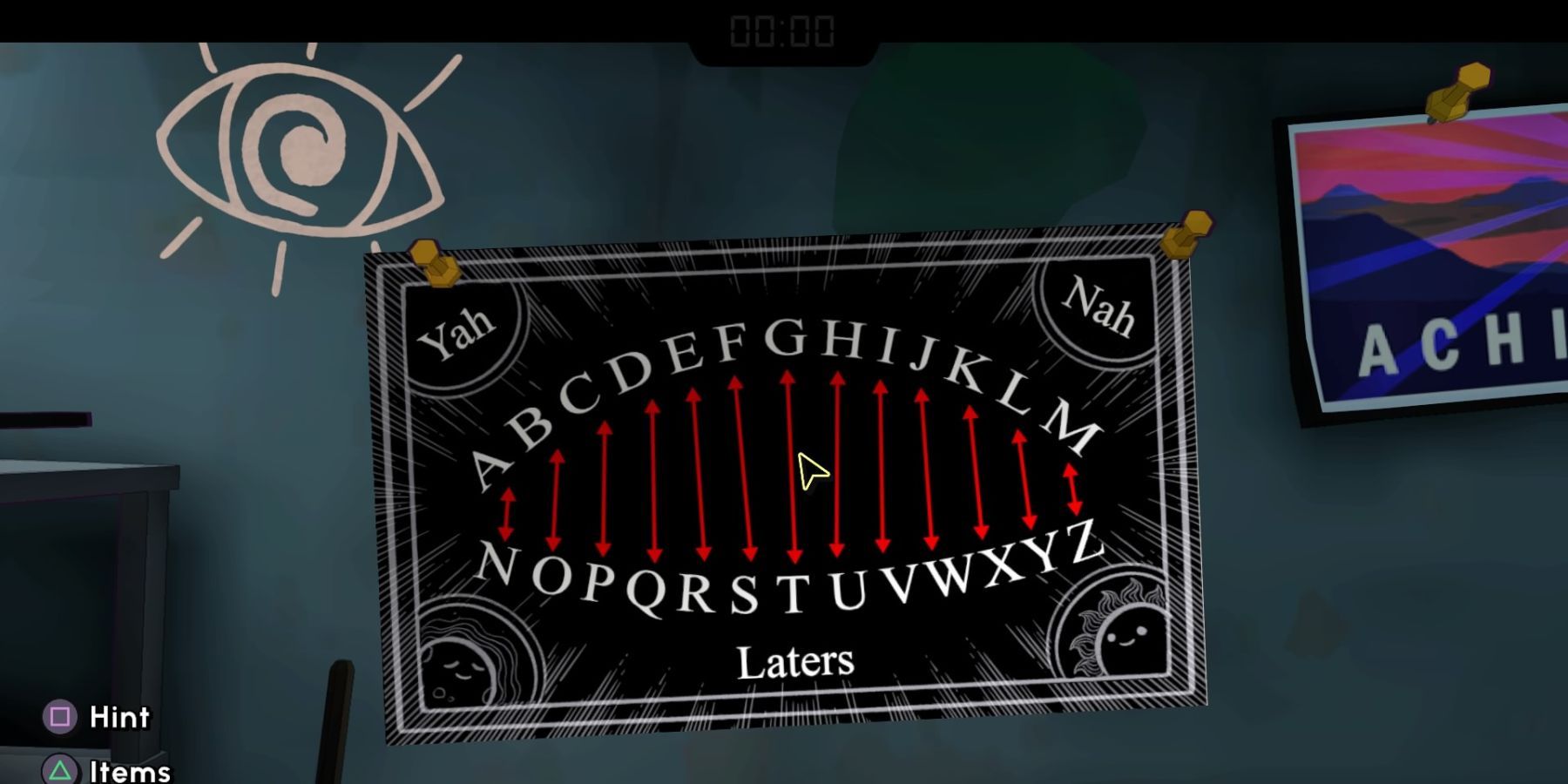Escape artists and puzzle enthusiasts should take note: Escape Academy, the debut title from Coin Crew Games, recently released for all major platforms and is currently available via Xbox Game Pass. The indie title brings players a wide array of escape rooms in a whimsical academic setting, and the indie game playable alone or with a friend has garnered a positive early reception as of this writing.
Coin Crew Games co-founders Wyatt Bushnell and Mike Salyh recently spoke with Game ZXC about Escape Academy's development, influences, and future aspirations. Interview has been edited for clarity and brevity.
Q: What are your experiences with escape rooms? What was the best escape room you’ve experienced, either physical or digital?
Bushnell: Mike and I actually met working on an escape room, Space Squad in Space at Two Bit Circus. We spent like nine months locked in a dark 500 sq/ft room together, and he didn’t wanna kill me after that, so we figured we should start a game company together. I can’t give a single answer to my favorite escape room, so here are my top three in no order: Hex Room, Stash House, Labrat.
Q: Describe Escape Academy, for those who are unfamiliar with the game in a couple sentences.
Salyh: Escape Academy is an escape room adventure game. You play as a new student enrolled at the titular, mysterious “Escape Academy,” where you’ll master the art of puzzle-solving and train to become the ultimate Escapist. The game is playable both solo or in two-player co-op mode.
Q: How large is the Coin Crew Games team?
Bushnell: Around 10 people.
Q: You recently showed off Escape Academy at Summer Game Fest. How has the reception been among gamers?
Bushnell: It’s been pretty rad. In location-based entertainment, you’ve got a pretty good idea of how the game is going to be received because you can just watch a few groups of people play through the experience and see their genuine reactions. But in digital, people are gonna download the build, and we’re not really given the opportunity to see them experience it or anything. So when we’ve done the limited demo releases, having players come into our Discord or on the Steam forums and tell us just how much they love the game has been very vindicating.
Q: Do you think escape rooms highlight certain mechanics or puzzles more effectively than other genres of games? And if so, how?
Salyh: Escape rooms make you think on your feet! You’ll face a wide variety of puzzles, usually while under intense time pressure. To escape, you’ll need to take in your surroundings, recognize patterns, and think outside the box. And if you’re playing with a friend: Communicate! When it comes to puzzle games with an adrenaline rush, escape rooms can’t be beat!
Q: Physicality - the ability to touch, feel, and play with real objects - is one of the greatest appeals of real-world escape rooms. Did you try to capture that same sensation with Escape Academy’s gameplay, or focus on more abstract and digital experiences?
Bushnell: Escape rooms were definitely a north star for us in development, but when designing we did sit down and say “what do we like, and what do we not like about the physical escape room experience?” One thing that comes to mind here is there are a lot of puzzle games that allow you to rotate objects around in 3D space, and we chose to not do that, not only cause it’s more work to implement it, but restricting that for players makes the question of “what is the puzzle” easier to answer.
Q: How many total rooms will players encounter in Escape Academy?
Bushnell: Escape Academy will have 13 rooms at launch. We have some plans for post-launch content updates that’ll boost those numbers. To quote McConaughey's character from The Wolf of Wall Street, “Those are rookie numbers in this racket.”
Q: The Steam Page for Escape Academy promises players that they can ‘brew the perfect cup of tea.’ Can you tell us a little about tea brewing, and share some other unconventional gameplay players will encounter?
Salyh: You’re actually the first person to ask us about the tea. In my opinion, a great escape room starts with an interesting mission. In the first few levels, we keep it classic, with missions like “escape the room!” but as players advance, the professors will have some increasingly unexpected classes in store. That includes brewing a calming cup of tea under deadly circumstances.
Q: Can you tell us a bit about Escape Academy’s online co-op? Do any puzzles work differently with two players?
Salyh: “Two heads are better than one” was the guiding principle for our multiplayer mode. Back when we built real-world escape rooms, we put a lot of effort into designing ‘conversation starters’ - puzzles that encouraged discussion. We brought that same attitude into Escape Academy. While the levels don’t change in two-player mode, there are plenty of opportunities for collaboration and/or messing with your partner.
Q: Is there an overarching story to Escape Academy? What made you decide on a school setting for an escape room game?
Bushnell: Mike and I have played some escape room games where you move from environment to environment, with a loose connection to each other. I remember playing one where you were time traveling to different locations, setting the timelines right, and that just felt really contrived. We knew we’d need a wide variety of environments to support many different types of puzzles, so we landed on a school to train escape artists, ‘cause we could put players through unique courses and environments while keeping the core thread of the story intact.
Q: How did you develop Escape Academy’s graphical aesthetic?
Salyh: The key to designing a wide variety of puzzles is featuring a wide variety of environments! So from the start, we knew that this game was going to rely heavily on environmental art - specifically how many distinct environments we’d be able to build. On top of that, there’s a need to focus attention on the puzzles, and not bog the player down with excessive details. At the center of that Venn diagram, we found our low-poly and colorful aesthetic.
Q: How long has Escape Academy been in development?
Salyh: Exactly two years, as of July! Here’s a sketch (included above) I did during the very first week of development. Looking back, it’s shocking how close it came to the final design!
Q: What can you tell us about Escape Academy’s music and sound effects?
Bushnell: That they’re made by doseone, who also worked on games including Gang Beasts, SLUDGE LIFE, Disc Room, Enter the Gungeon. He’s the best to work with, and the music is designed in such a way that it really works as the reward scheme for puzzles. Dose is the man.
Q: Did any other video games influence the development of Escape Academy? What other games are you playing to unwind?
Salyh: Absolutely! One of our biggest inspirations was 999. That game was my personal introduction to the escape room format, so it has a special place in my heart. There’s also Phoenix Wright, which has such a great tone. We tried to capture a similar style of humor in Escape Academy.
Bushnell: Recently, I’ve been replaying Fire Emblem: Three Houses, but I’m not sure it has much to do with puzzles. I guess it proves I like academia settings though!
Q: What were the greatest challenges you encountered during development?
Bushnell: It’s probably been the sheer scale of building an experience this big. Working on arcade games or escape rooms, the experience you’re developing is between five and 45 minutes, where Escape Academy is between 6.5 to eight hours. In addition to building the game, the volume of code and assets proved to be a big change of pace for us. As of now, we’re up to 2,500 bug tickets (they’re all fixed, I swear), and 4,300 feature tickets for this project. So to wrap it all into one statement, the biggest challenge is that this project is on a much bigger scale than we’re used to.
[END]
Escape Academy is now available for PC, PS4, PS5, Xbox One, and Xbox Series X/S, including on Xbox Game Pass.


